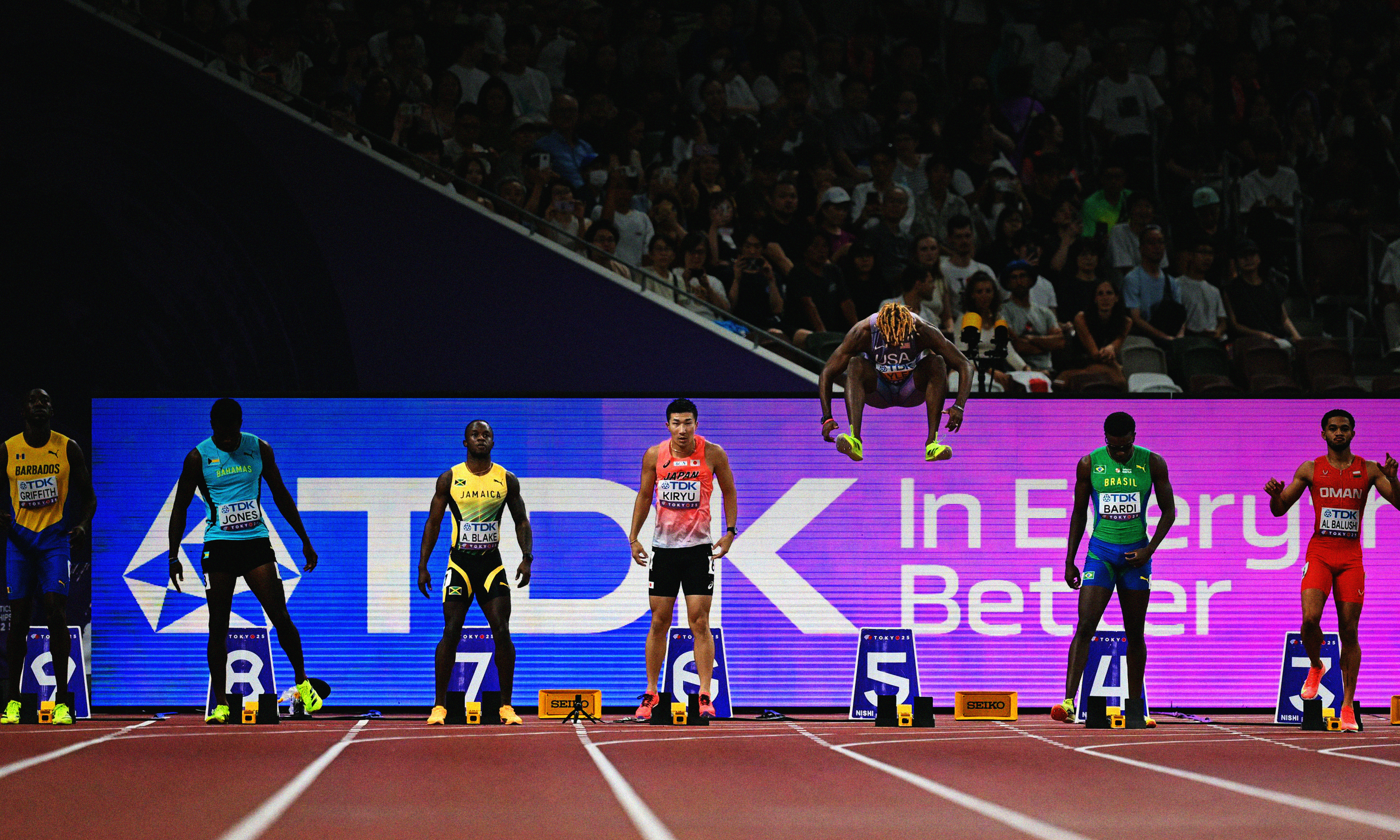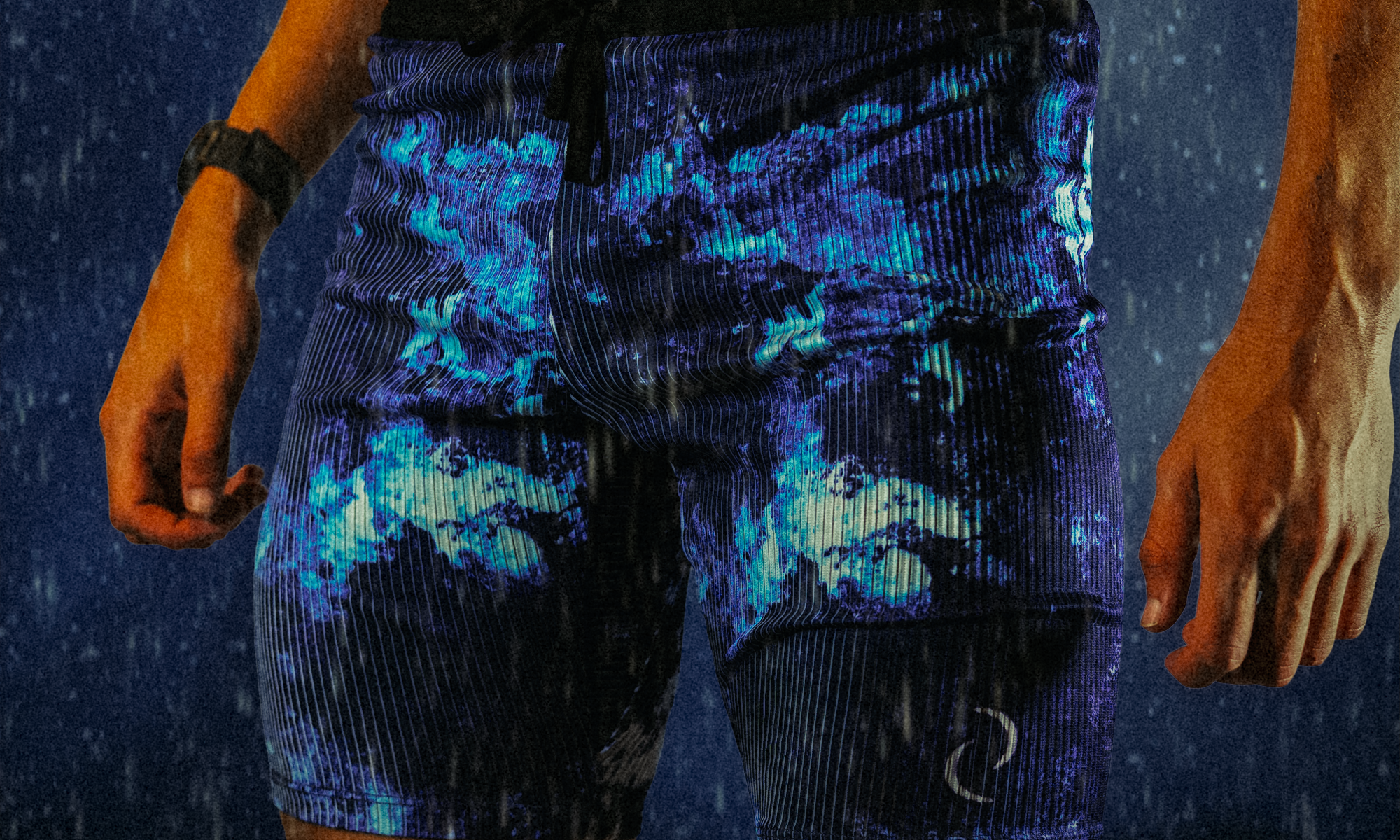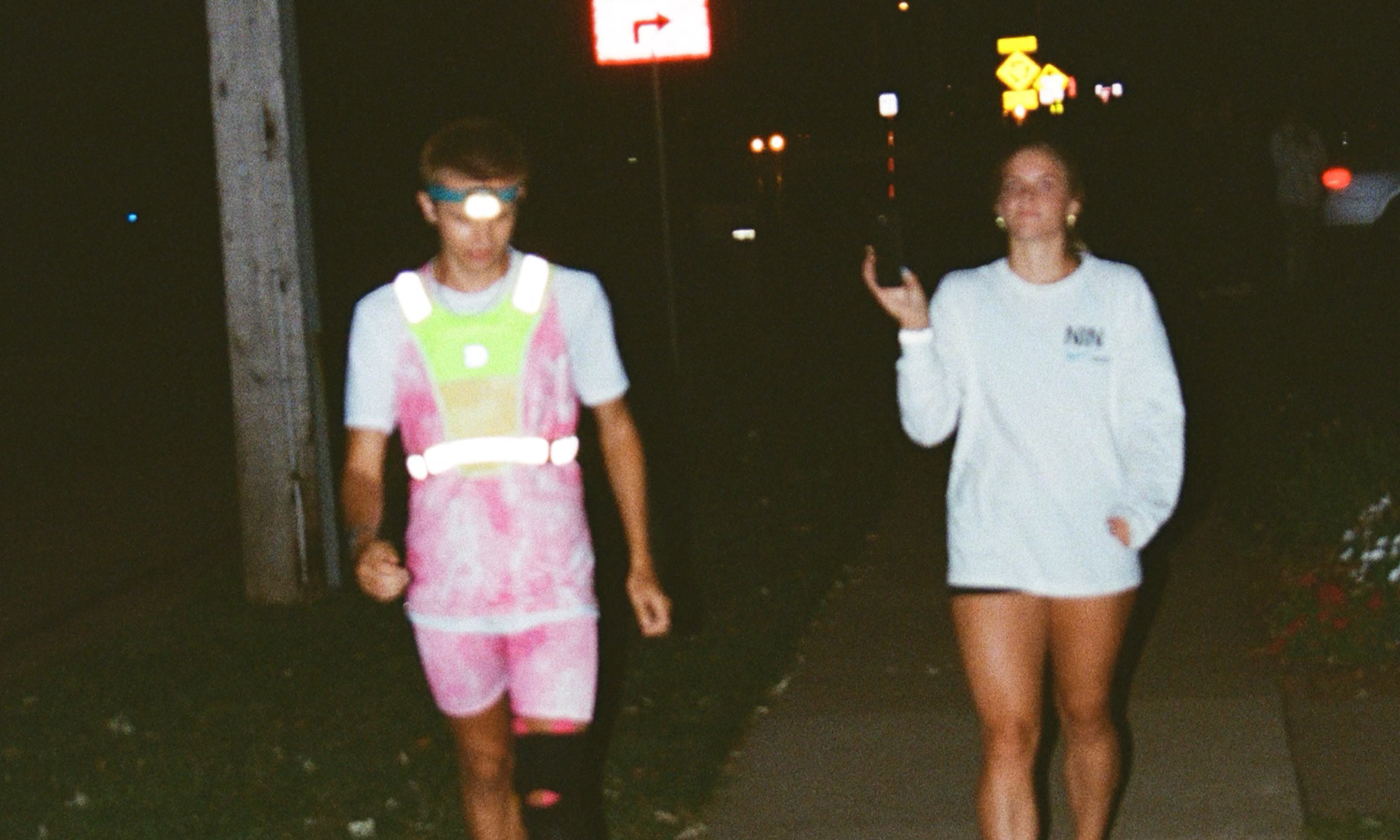The Story Behind Run Culture
Behind every brand, there is a story that reveals not only its origin but also its purpose. For me, the story of Run Culture begins not with the ambition to build a clothing company, but with the experiences of a young runner searching for meaning in the sport. I grew up immersed in track and cross-country, not as a prodigy, but as someone who found his way to the top through discipline, pain, and countless lonely miles. Out of that grind came the realization that there was a cultural gap in running: something beyond shoes, jerseys, and technical fabrics that kept us all in the sport. Runners needed a brand that represented their mindset as much as their performance. That is where Run Culture was born.
Most athletic brands fall into one of two main categories. On one side, there are the large companies that dominate the market with high-performance gear, but at prices that put them out of reach for most high school and college athletes. On the other side, there are “lifestyle” brands that might look stylish but fail to connect with the actual demands of the sport. Neither side spoke to me as an athlete grinding through tempo runs in the Wisconsin cold, or doing speed workouts with a stopwatch as my only audience. I realized that running had evolved into a culture of its own, particularly among younger athletes, but no company was building products that reflected this reality.
My own journey as a runner highlighted the need for something different. I was never the most talented athlete in my state, but I built my success through consistency and sacrifice. Running 70 miles in one week, lifting weights before school, and pushing myself through races taught me that success comes from embracing difficulty. Those experiences shaped me, not just as a runner but as a person. I came to believe that running was not simply about competition—it was about transformation. That transformation demanded a brand that could mirror it, something that reminded runners that they were part of a larger culture defined by grit and discipline.
The values that shaped Run Culture came directly from these lessons. Hard work, motivation, affordability, and innovation became the foundation of the brand. I wanted to make gear that was not only functional but also accessible to younger athletes who often cannot afford the inflated prices of high-end brands. At the same time, I wanted each piece of clothing to tell a story. A pair of half tights should represent more than fabric; it should symbolize commitment to training, early mornings, and the choice to chase goals no one else believes in. In this way, Run Culture became more than a clothing line—it became an identity.
Another important aspect of Run Culture is authenticity. Too often, sportswear companies are built in boardrooms, designed by marketers who have never stepped on a track. Run Culture is different because it comes from the inside. I am not only a brand owner but also a runner who still trains, competes, and dreams. This allows me to understand what athletes actually need, from the fit of a singlet to the price of a training shirt. More importantly, it allows me to tell stories that resonate with the community because they are real. The struggles, the injuries, the breakthroughs, and even the failures—all of it feeds into the culture we are building.
The rise of running among young athletes has created an entirely new community, one that thrives on both performance and expression. Social media has given runners platforms to share their training, celebrate their milestones, and connect with others around the world. This shift has transformed running from an isolated pursuit into a shared culture. However, no brand was truly leaning into this movement in a way that honored its authenticity. Run Culture aims to fill that gap by not only selling clothing but also telling stories, producing media, and fostering a community where runners feel seen and understood.
In many ways, Run Culture is as much about mindset as it is about products. Running has always been a metaphor for life, teaching lessons about persistence, pain, and growth. The gear we make is simply an extension of that philosophy. Every collection represents a theme tied to the sport: grit, risk, or perseverance. These collections are not designed to chase trends but to capture timeless values that every runner recognizes. By doing so, Run Culture ensures that its products remain meaningful, not just functional.
Of course, building a brand as a young athlete came with challenges. I launched Run Culture at seventeen, in my senior year of high school, while most of my friends were applying to college. I chose a different path because I believed so strongly in the potential of this idea. It was not easy. There were setbacks with suppliers, moments of doubt, and the pressure of trying to grow a business while balancing my own training. Yet, these struggles only reinforced the mission of Run Culture. Just as running demands endurance through pain, entrepreneurship demands persistence through failure. The brand grew stronger because it was tested.
Today, Run Culture is more than just me. It is a community of athletes who share the same values and vision for the sport. Every customer who wears our gear is not just buying clothing but joining a movement. The feedback I receive—from high school runners chasing new PRs to everyday athletes rediscovering the sport—reminds me that Run Culture is serving a purpose larger than myself. It is creating a space where running is not just measured in times and medals but in the identity of those who dedicate themselves to it.
In conclusion, the story of Run Culture is a story of transformation—both personal and collective. What began as one runner’s search for meaning became a brand dedicated to representing the culture of the sport itself. By combining authenticity, affordability, and inspiration, Run Culture has positioned itself not just as a provider of gear but as a voice for a generation of runners. The culture of running has always existed in the grit of workouts, the pain of competition, and the lessons learned on the track. Run Culture simply gives that identity a name, a symbol, and a community. And in doing so, it reminds us all that running is more than a sport—it is a way of life.













